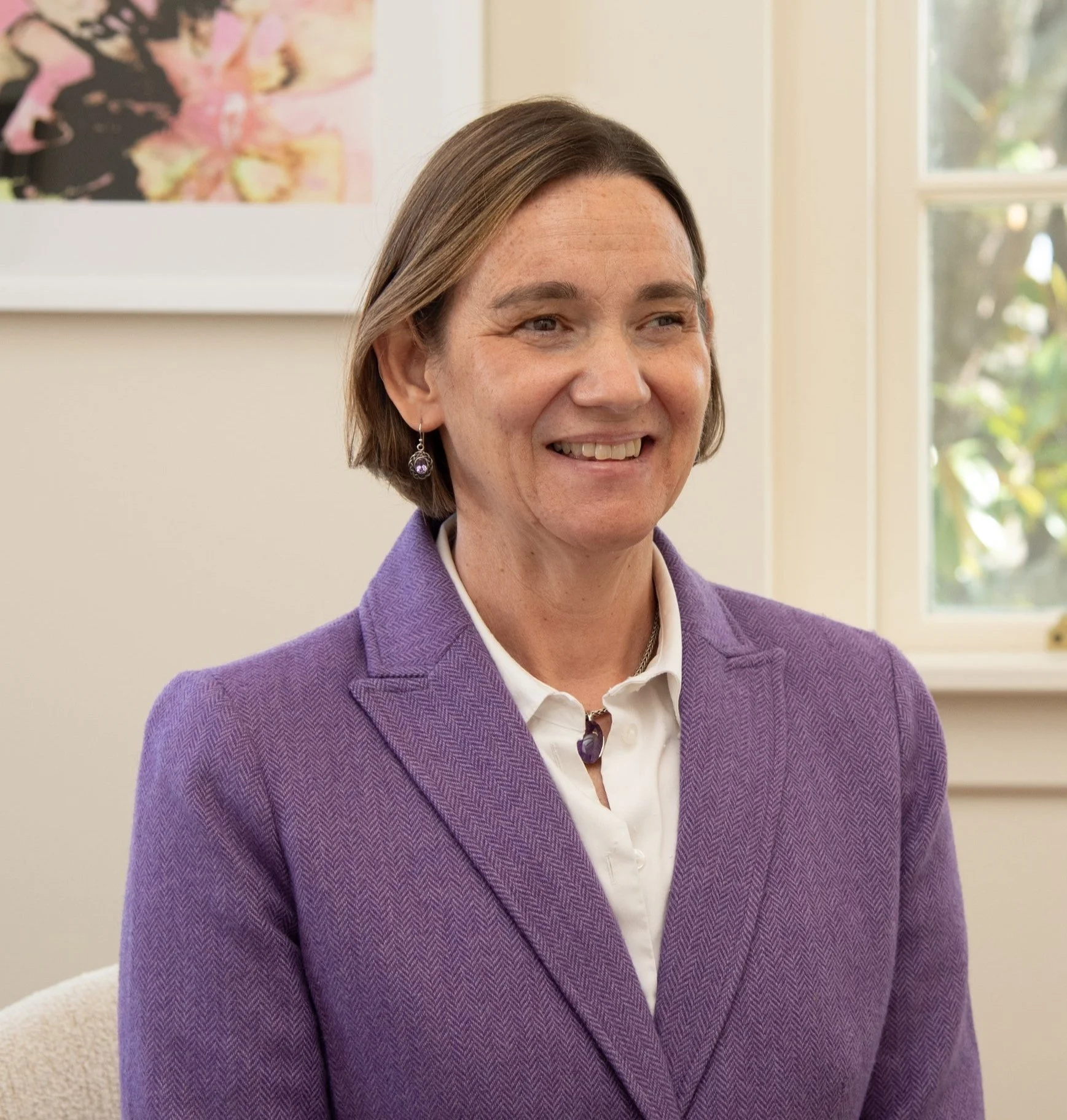
Writer, Speaker, University Leader
About
“I say to all people with disabilities, ‘You don’t need to be healed, my friends—it’s ableism that needs the healing.’”
— Healing Ableism: Stories About Disability and Religious Life
I want to build a just future where access isn't a problem to be solved but a reality experienced by all. I've written and spoken extensively about what we need to do to get there, from making "crip time" universal to focusing on attitudes rather than just architecture.
Creating this future might sound impossible, but as a researcher, writer, and university administrator who is blind, I am good at doing difficult things. I know how to move the needle from impossible to possible. A weight lifter who can deadlift 200 pounds, I also enjoy the challenge of overcoming gravity–and those grave voices that say it can’t be done. I'm skilled at doing the heavy lifting that leadership entails.
Inside the classroom, my twenty years of teaching religious studies at Hollins University has taught me how important it is to foster inclusion in educational, religious, and other institutions. I especially want to make sure that we have educational access for every space and every body. Now the Associate Provost for Curriculum and Faculty Engagement at Hollins, I am trying to put this experience into wider practice and for the benefit of all.
I wrote Healing Ableism: Stories About Disability and Religious Life to bring more people into this conversation.

Here to Help
Your Organization
-
What does it take to create communities built on justice, inclusion, access, and equity for all? I suggest that an essential part of the equation is accessible love. Accessible love provides the blueprint for healing ableism and creating communities where every body is welcomed, included, and celebrated.
-
Stereotypes and negative representations about people with disabilities abound. Borrowing from feminist sociologist Patricia Hill-Collins, I refer to these as “controlling images” of people with disabilities. In this talk I unpack some problematic controlling images of disabled people and offer positive alternatives.
-
Passage of the Americans with Disabilities Act (ADA) ensured that public spaces and buildings are physically accessible to disabled people. Too many communities and organizations, however, assume that the presence of ramps, accessible elevators and bathrooms, ASL interpreters, or braille material means that the work of access and inclusion is complete. This is not always true. I ask audiences to go beyond architecture and consider what attitudes must shift to ensure genuine inclusion.
-
Crip tests are the ways in which able-bodied people in communities and organizations regulate and control if and how disabled persons are integrated into the community, thereby maintaining able-bodiedness as the dominant mode of embodiment. In this interactive presentation, I invite participants to examine how their organizations employ crip tests, and to strategize policies and processes for dismantling and avoiding them.
-
The social pressures of professional performance and production coupled with bodies that are not designed to function at the expected speed of “standard” time, leave emotional, physical, and sometimes professional scars. How might institutions, communities, and organizations adopt “crip time” to slow down and acknowledge that we all move at a different speed of time?

